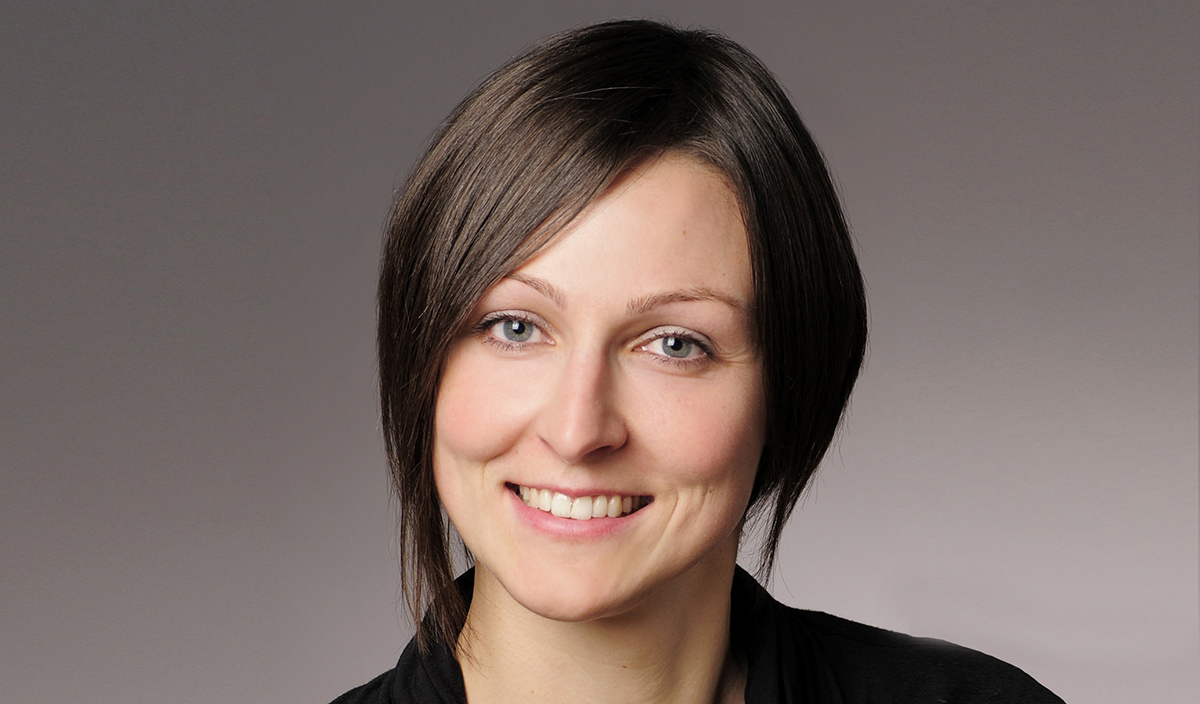
Thanks to a Max-Planck Research Grant (MPRG) of 3,115,000 euros, Karoline Schäffner, assistant professor at Gran Sasso Science Institute (GSSI) and INFN researcher, will lead a research group for the next five years on dark matter at the INFN Gran Sasso National Laboratories. The Max-Planck Research Grant will allow the scientist to implement COSINUS, the experiment led by her and dedicated to the direct detection of dark matter particles. Karoline Schäffner, experimental physicist, has focused her research on astroparticles, in particular on the physics of rare events and on the development of advanced cryogenic detection techniques for a new generation of experiments to detect dark matter. Born in Germany and a graduate from the Munich University of Applied Science, Schäffner received her PhD from the Max-Planck Institute for Physics in Munich and carried out a post-doc at the INFN Gran Sasso National Laboratories and GSSI. With the MPRG, she will continue a program started in 2016 with a grant financed by INFN that allowed her to implement the COSINUS project installed at the Gran Sasso National Laboratories. We asked the scientist to tell us about the genesis of her project and its development expectations after receiving the award from the prestigious German institute.
The hunt for dark matter is today one of the most promising frontiers in the research on the structure of our universe, and at the same time one of the most insidious and difficult to explore. What led you to investigate in this difficult direction?
Since my time at university I was interested in experimental physics, in particular in low-temperature physics and cryogenic detectors for particle physics applications. I was very fascinated that with man-made machines, the dilution refrigerators, ...
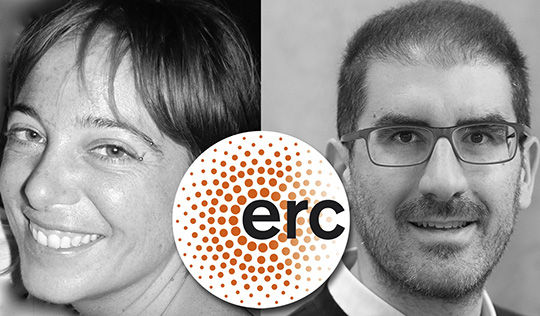
The European Research Council (ERC) has awarded to Elisabetta Baracchini, assistant professor at the GSSI Gran Sasso Science Institute and researcher at INFN, and Massimiliano Fiorini, researcher at INFN and tenure track associate professor at the University of Ferrara, two Consolidator Grants of € 1,995,719 and € 1,975,000, respectively. ...
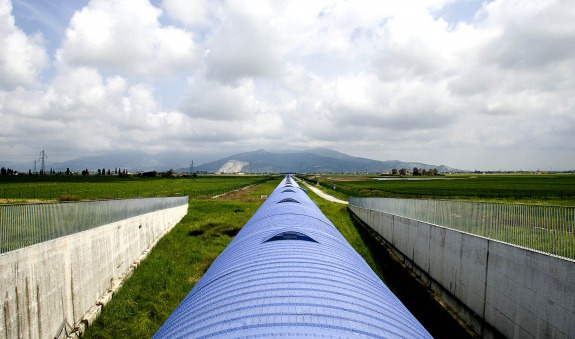
A total of eleven gravitational wave events have been observed by the interferometers of the LIGO/Virgo collaboration, all described in detail in their first catalogue, recently published. From the analysis of the data collected during the first two observation periods of LIGO and Virgo, four other events emerged, compared to those previously announced, all generated by the fusion of binary black ...
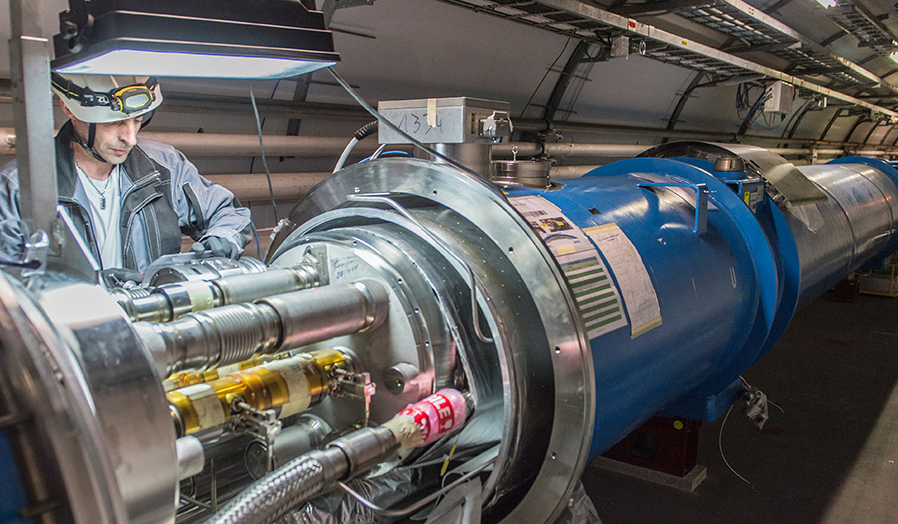
On 3 December, the operators of the CERN Control Center turned off the beams of the Large Hadron Collider (LHC). After four years of intense activity that led the proton beams to collide at an energy of 13 TeV, LHC has produced a very rich collection of data, which has allowed physicists to begin to outline a very accurate picture of the Higgs boson and, for the first time, to define many details and behaviours that are still little known of the other particles of the Standard Model ...
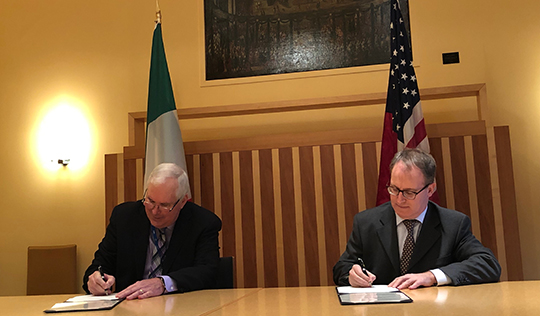
On 4 December at the Italian Embassy in Washington, Italy and the United States signed the international scientific and technological collaboration agreement for implementation of the PIP-II (Proton Improvement Plan-II) project at the Fermi National Laboratory (Fermilab) in Batavia, Illinois. ...
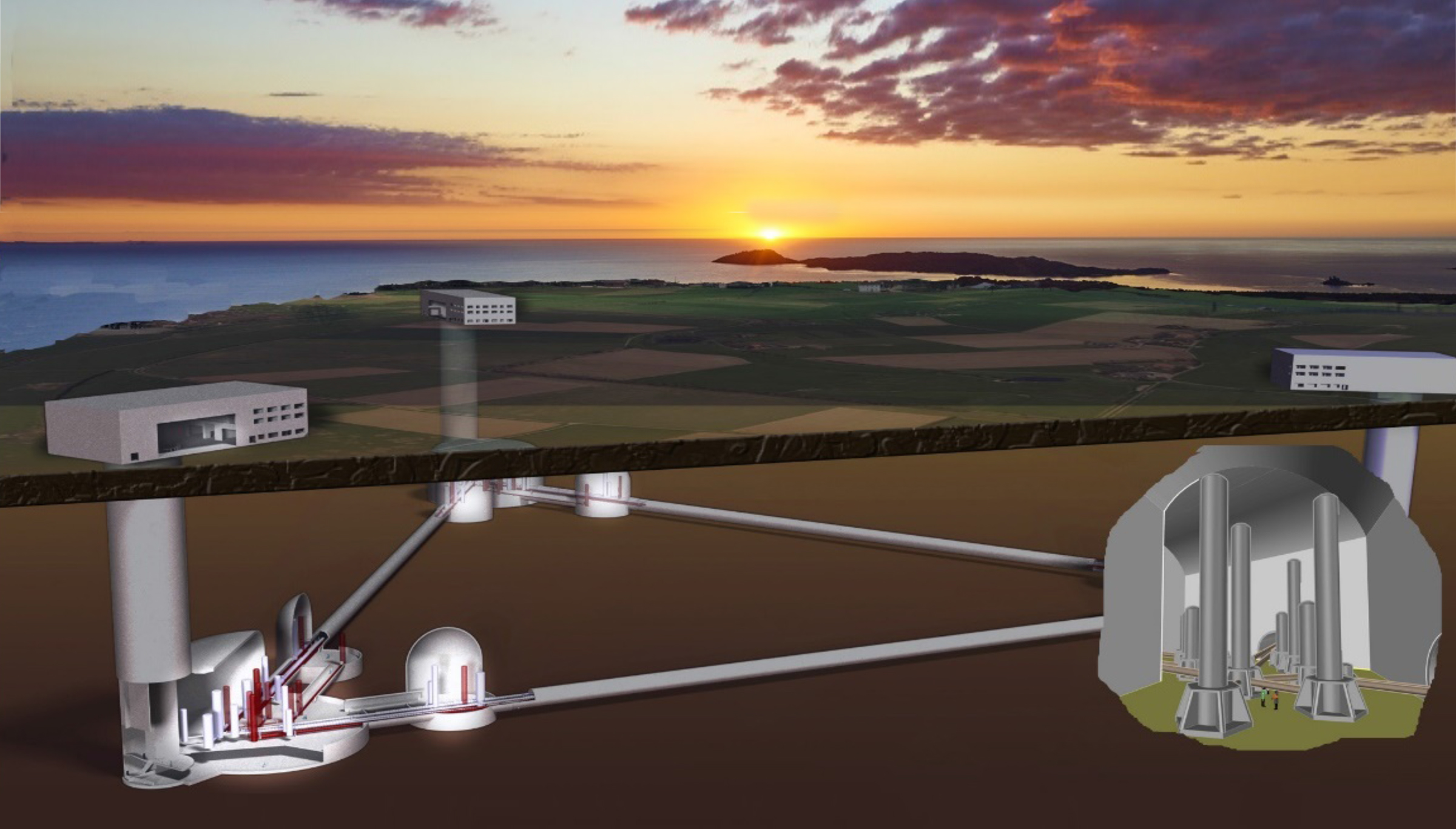 THE EINSTEIN TELESCOPE
THE EINSTEIN TELESCOPE
Gravitational waves and the Einstein Telescope (ET) project for the implementation of a gigantic third generation underground interferometer in Europe were one of the topics of the conference EU research and innovation in our daily life, which was held in Brussels at the European Parliament in early December. The conference addressed the topic of the impact of scientific research on daily life and represented an important moment to support this project at the highest European institutional level. At the opening, Michele Punturo, INFN researcher and international coordinator of the ET project, illustrated the objective of the future research infrastructure, which could be built in Sardinia, in Lula, in the former Sos Enattos mine. For the implementation site the decision is still open. There are three candidate sites: one in Hungary, one on the border between the Netherlands, Belgium and Germany, and the Italian one. The application of the Sos Enattos mine is coordinated by INFN with the support of the Ministry of Education, University and Research (MIUR), the Sardinia Region and the University of Sassari. ...
cover image:
Simulation of large-scale cosmic structures
Credit: Kavli Institute for particle Adtrophysics and Cosmology: Stanford/SLAC
INFN - COMMUNICATIONS OFFICE
comunicazione@presid.infn.it
+39 06 6868162
Coordination:
Francesca Scianitti
Project and contents:
Eleonora Cossi, Francesca Mazzotta, Francesca Scianitti, Antonella Varaschin
Graphic design:
Francesca Cuicchio
Translation
ALLtrad
ICT service:
Servizio Infrastrutture e Servizi Informatici Nazionali INFN